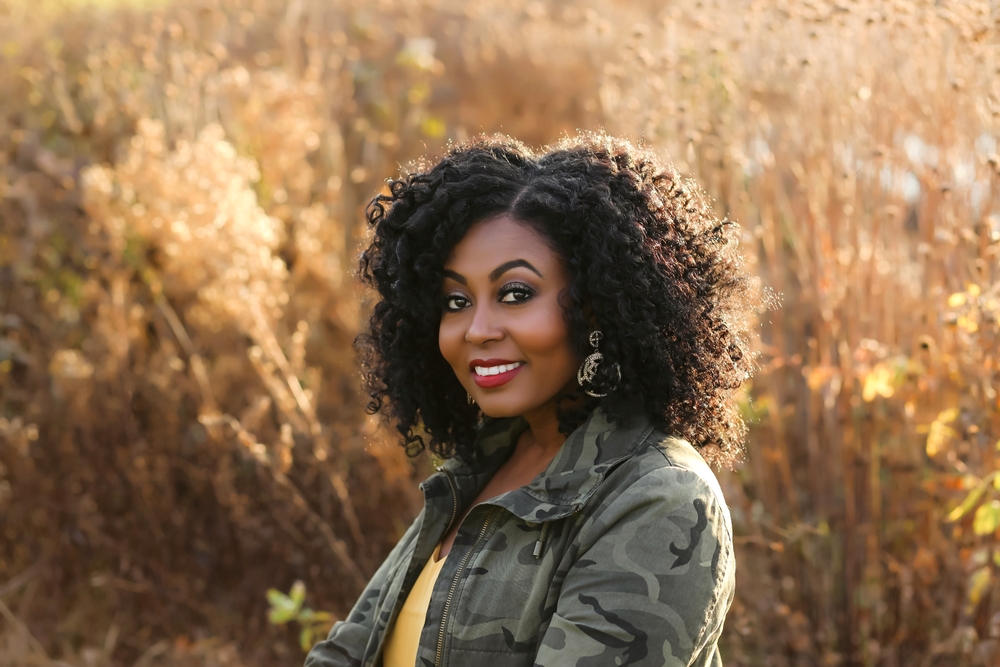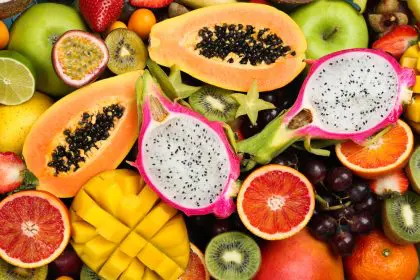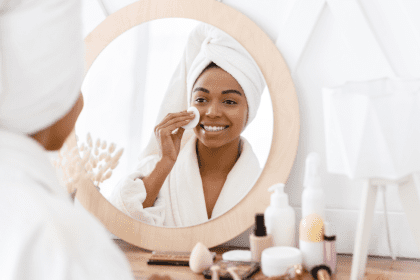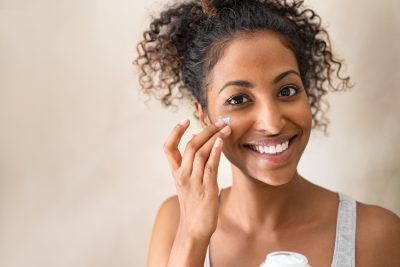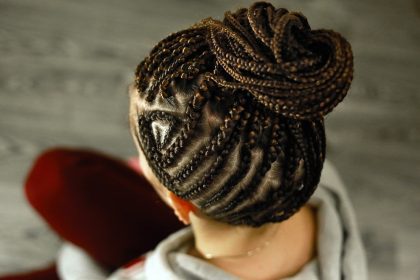Before luxury shampoos in designer bottles and $200 hot tools, ancient civilizations across the world were cultivating luscious, healthy hair using techniques that modern science is only now beginning to validate. While contemporary haircare often revolves around stripping natural oils with harsh detergents, then replacing them with silicone-based conditioners, our ancestors took a radically different approach that might hold the key to truly transformative hair health.
This ancient wisdom wasn’t lost to history by accident. As the beauty industry exploded into a multi-billion dollar juggernaut, traditional practices that couldn’t be bottled and sold got conveniently pushed aside. But a growing movement of people rediscovering these techniques is finding something remarkable—these ancient methods aren’t just natural alternatives, they’re often more effective than their modern counterparts.
The oil cleansing revolution your grandma knew about
Long before cleansing conditioners and sulfate-free shampoos became trendy, cultures across Asia, the Mediterranean, and the Americas were practicing various forms of oil cleansing for hair. This counterintuitive approach uses natural oils to cleanse the scalp and hair rather than stripping them away.
The ancient Egyptians were perhaps the most famous practitioners, regularly using castor and olive oils to cleanse and condition their hair in a single step. Egyptian nobility would massage these oils into their scalp and hair, then use finely toothed combs to distribute the oil and remove impurities. Rather than leaving hair greasy, this practice regulated oil production while removing dirt and buildup.
Modern trichologists now understand the science behind why this works. It follows the basic chemical principle that “like dissolves like”—oils are effective at dissolving and removing excess sebum, environmental pollutants, and product buildup while maintaining the scalp’s crucial moisture barrier. This gentle approach preserves the acid mantle of the scalp, the slightly acidic film that protects against bacteria and fungal overgrowth.
What makes oil cleansing particularly revolutionary is its ability to balance sebum production over time. Modern shampoos often strip the scalp completely, triggering compensatory overproduction of oil. Traditional oil cleansing, by contrast, signals to the sebaceous glands that adequate oil is present, gradually normalizing production for both oily and dry hair types.
The fermentation technique that transforms ordinary ingredients
Ancient Asian haircare traditions, particularly in China, Korea, and Japan, incorporated fermented botanical ingredients long before we understood the biochemical magic happening during fermentation. Rice water, herbs, and plant materials were routinely fermented before application to hair and scalp.
The women of the Yao tribe in China, famous for their floor-length hair even into their 80s, have used fermented rice water for centuries. The process is simple—rice water is left to ferment for 1-3 days before use as a hair rinse. During fermentation, the liquid undergoes significant changes, developing increased concentrations of antioxidants, vitamins, minerals, and a substance called pitera that modern research has shown promotes cell regeneration.
The science behind this practice is fascinating. Fermentation breaks down the molecular size of nutrients, making them more easily absorbed by hair and scalp. It also creates new beneficial compounds through microbial activity, including organic acids that help balance scalp pH and strengthen the hair cuticle.
Modern biochemical analysis has confirmed what these ancient cultures discovered through observation—fermentation dramatically increases the bioavailability and potency of natural ingredients. The mild acidity of fermented products also helps seal the hair cuticle, increasing shine and reducing frizz without synthetic ingredients.
This time-honored approach has inspired a new generation of products that incorporate fermentation technology, though most lack the full spectrum benefits of the traditional methods that allowed natural microbial communities to develop rather than using isolated strains.
The scalp stimulation method hidden in plain sight
Across vastly different cultures, from Ayurvedic traditions in India to indigenous practices in the Americas, regular scalp massage and stimulation feature prominently in historical haircare routines. These weren’t merely luxurious rituals but targeted practices designed to enhance hair growth and health.
Traditional Ayurvedic head massage, known as champi, typically involved vigorous scalp manipulation using specific oils chosen for individual hair types. Similarly, many Native American traditions incorporated regular scalp stimulation using specialized wooden or bone combs designed to stimulate without damaging the scalp or hair.
The science behind these practices has been validated by modern research examining blood flow and hair follicle health. Mechanical stimulation increases circulation to hair follicles, delivering more oxygen and nutrients while efficiently removing waste products. This improved microcirculation creates an optimal environment for hair growth.
Even more fascinating is the emerging research on mechanotransduction—the process by which physical forces are converted into biochemical signals in cells. Gentle tension and movement on the scalp appear to stimulate follicle stem cells, potentially extending the growth phase of hair and preventing premature shedding.
Modern dermatology has embraced this ancient wisdom with devices like microneedling and specialized brushes designed to stimulate the scalp. However, the traditional manual techniques, when practiced regularly, often provide comparable benefits without technological intervention or expense.
The clay detox that purifies without stripping
Clay-based hair cleansing predates modern shampoo by thousands of years, appearing in traditions from North Africa to the Americas. The Berber people of Morocco have long used rhassoul clay for hair cleansing, while various Native American tribes utilized specific mineral clays to purify hair and scalp.
These clay treatments work through a fascinating electrochemical process. Clay minerals carry a negative electrical charge, while toxins, impurities, and excess oils typically carry a positive charge. When clay is applied to hair and scalp, it attracts and binds impurities through this ionic attraction, effectively removing them without disrupting the scalp’s natural moisture barrier.
Modern analytical techniques have confirmed clay’s remarkable properties. Clays like bentonite, rhassoul, and kaolin have measurable detoxifying abilities, binding to heavy metals, environmental pollutants, and product buildup. They simultaneously provide minerals that strengthen hair, including silica, magnesium, and calcium.
Perhaps most impressively, clay treatments help restore proper pH to the scalp. The slightly alkaline nature of clay helps counteract the acidity of modern pollution and product residue, rebalancing the scalp environment to discourage fungal overgrowth while supporting beneficial bacterial flora.
This gentle yet effective cleansing approach provides a powerful alternative to detergent-based shampoos, particularly for those with sensitive scalps, dandruff issues, or environmental concerns about synthetic ingredients washing into waterways.
The protein treatment even haircare experts often miss
Long before commercial protein treatments, cultures with protein-rich diets incorporated food remnants into their haircare routines. The Ancient Greeks and Romans used egg masks, while milk and yogurt-based treatments were common across the Mediterranean and Middle East.
These traditional protein treatments exploit a fundamental truth about hair composition—hair is approximately 95% protein, specifically a protein called keratin. When hair becomes damaged through heat styling, chemical treatments, or environmental exposure, it loses some of its protein content, becoming weaker and more porous.
The science behind these treatments involves the strategic replacement of these lost proteins. Smaller protein molecules from eggs, dairy, and other sources can temporarily fill gaps in the damaged hair shaft, improving strength and elasticity. Amino acids from these proteins also support the hair’s own repair processes.
What makes traditional protein treatments particularly effective is their balanced approach. They typically combine proteins with fats and moisture, preventing the brittleness that can result from pure protein treatments. The egg yolk in a traditional egg mask, for instance, provides both protein and lecithin, a natural emollient that softens and conditions.
Modern hair products have certainly embraced the protein concept, with hydrolyzed proteins appearing in many formulations. However, these isolated proteins often lack the synergistic components found in traditional whole-food treatments, potentially explaining why some people experience better results with ancient methods.
The botanical synergy modern formulations can’t replicate
Ancient haircare routines typically used whole plant preparations rather than isolated ingredients, creating synergistic effects that modern single-ingredient approaches often miss. Egyptian henna treatments, Ayurvedic herb infusions, and Native American botanical rinses all relied on the complex interplay of hundreds of natural compounds working in concert.
Modern phytochemical research helps explain why this approach works so effectively. Plants contain primary active compounds alongside secondary compounds that often enhance absorption, prolong activity, or mitigate potential side effects of the primary compounds. When these botanical materials are used in their whole form, these relationships remain intact.
For example, traditional rosemary hair treatments don’t just utilize the isolated rosemary essential oil featured in many modern products. The whole herb infusion contains rosmarinic acid, carnosic acid, and numerous flavonoids that work together to stimulate circulation, balance oil production, and provide antioxidant protection simultaneously.
This principle of botanical synergy explains why many people experience better results from traditional herbal hair preparations compared to products containing isolated plant extracts or synthetic versions of plant compounds. The whole plant approach provides a balanced, multi-targeted treatment that addresses multiple aspects of hair health concurrently.
The enduring wisdom of these ancient haircare practices lies in their holistic approach to hair health. Rather than treating symptoms with isolated ingredients, these traditions nurture the entire system—scalp, follicles, and hair shafts—using methods that work with your body’s natural processes rather than overriding them with harsh chemicals.
While modern haircare certainly offers convenience and immediate visual results, these ancient techniques provide something potentially more valuable—sustainable, progressive improvement in your hair’s actual health. As more people rediscover these forgotten practices and modern science continues validating their effectiveness, we’re witnessing a fascinating merger of ancient wisdom and contemporary understanding.

